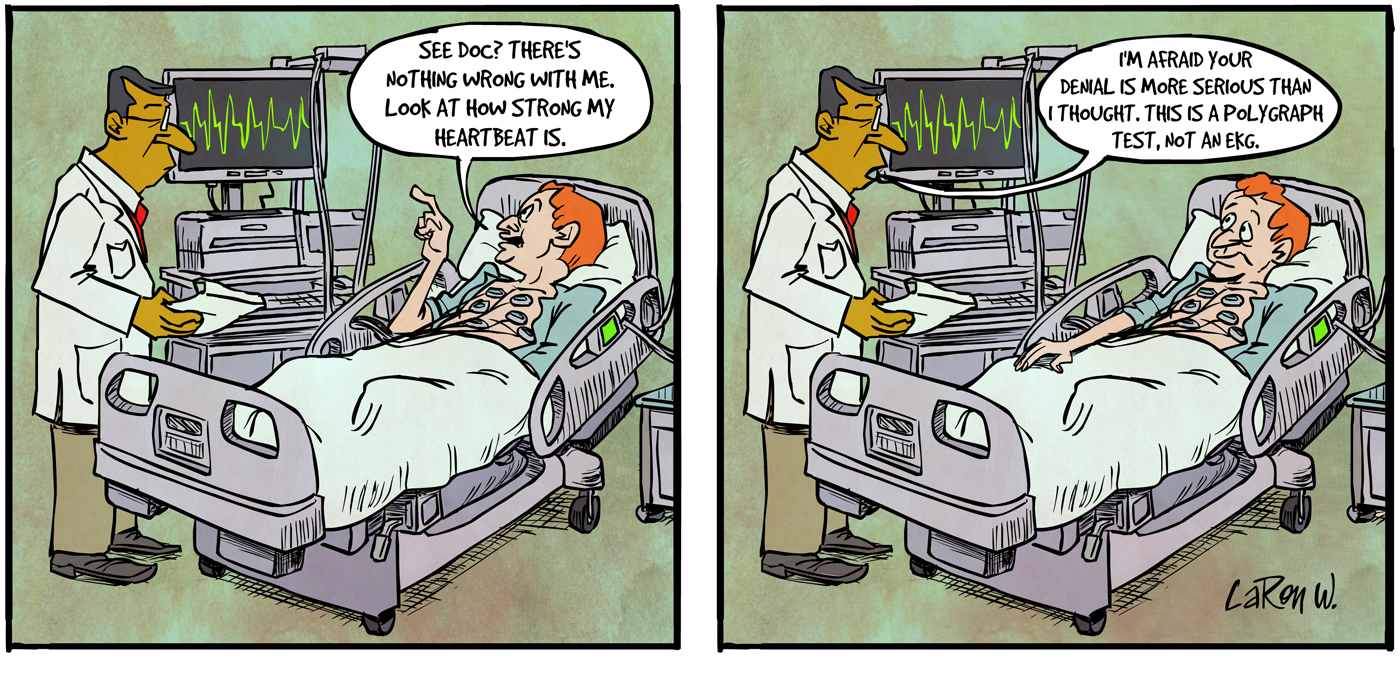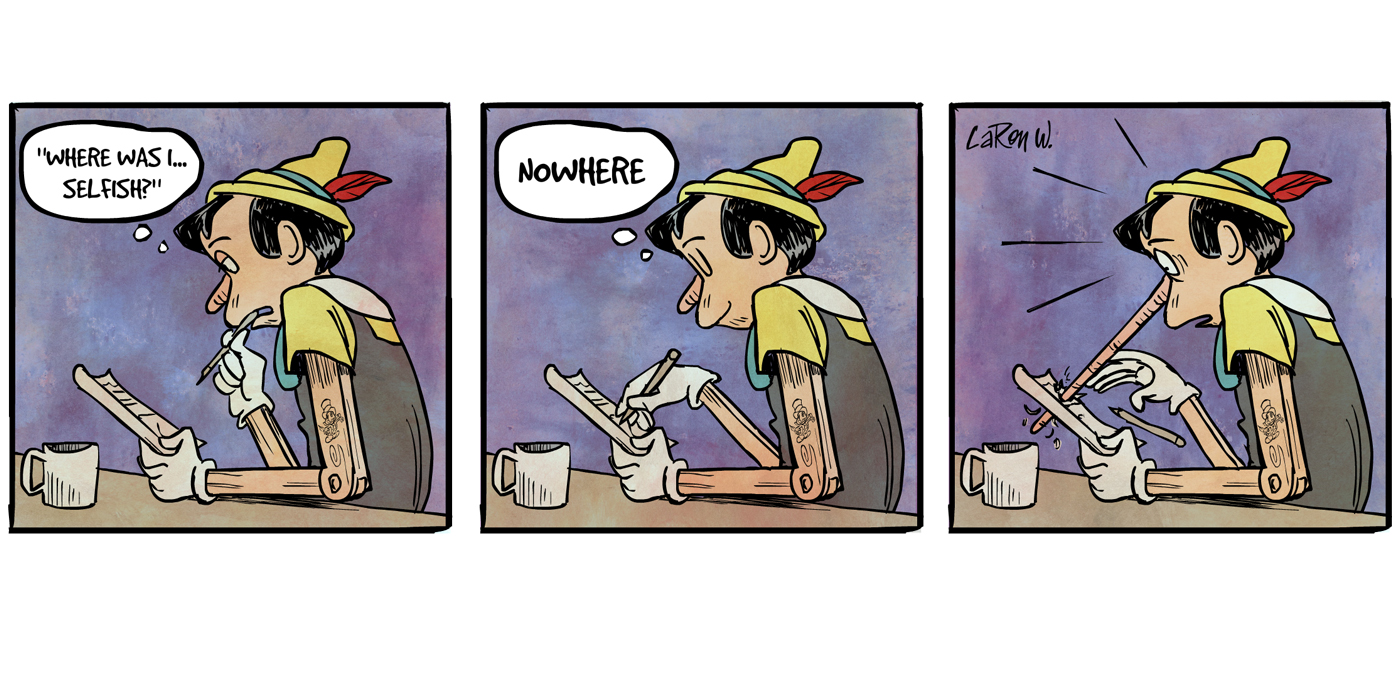The Foreword to the Second Edition of Alcoholics Anonymous says that “Of those who came to A.A. and really tried, 50% got sober at once and remained that way; 25% sobered up after some relapses, and among the remainder, those who stayed on showed improvement” (AA xx).
I had been a chronic relapser in the bottom quartile in SA for more than 15 years with little improvement. I was constantly exhausted and in pain. Even during sober days I felt miserable, toxic, fatigued beyond endurance, and I had no life to speak of. Each day seemed interminable and pointless, at best. I knew I should be grateful, but I was angry and felt cheated, as if I had done my part but God hadn’t done his.
With decades of sobriety in AA I thought I knew the program, the Steps, and what to do. So, I was puzzled why I wasn’t getting anywhere in SA. My approach to the Steps had worked perfectly on my alcoholism, and I had used them to quit smoking too, so they seemed to be tried and tested. But they just weren’t working on lust addiction, and I had no idea why not.
I had been thorough in all my Step work. I attended meetings, logged on to telemeetings, listened to talks on CD, and did what service I could. I switched sponsors, tried all the different S-fellowships, read more literature, did more meditation, attended more church services, and on and on. Nothing worked, nothing made any difference. I continued to relapse growing ever closer to “the bitter end.”
So what made the difference? I recognized two things from the Big Book: Urgency and limited opportunity. The 12-Step program, as outlined in the AA Big Book, carries peppered throughout with words and expressions such as “at once,” “quickly,” “now,” “immediately,” “we waste no time,” etc. It also appears that we have a limited window of opportunity to affect our recovery — between one week and one month (AA 24). That is how long before our own defenses run out and we most likely act out again. During this brief period “we must find a spiritual basis of life — or else” (AA 44). It was certainly so with me — two to three weeks was the longest I could ever remain abstinent — never more than a month.
The 12 Steps need not take months or years. They can be completed in a week or so. A newly-arrived fellow who admits powerlessness can certainly move immediately to Step 2. “We needed to ask ourselves but one short question. ‘Do I now believe, or am I even willing to believe, that there is a Power greater than myself?’” (AA 47) This is Step 2, in its entirety. There is no need to wrestle for weeks or months about the nature of God. This is a yes-or-no answer.
Step 3 can be presented as a job offer — “We had a new employer. Being all powerful, He provided what we needed, if we kept close to Him and performed His work well” (AA 63). The job requirements are that “we keep close to Him” (Steps 4 – 11) and “perform His work well” (Step 12). Again, this is a yes-or-no proposition — do we want the job or not? How we go about this is revealed in the subsequent Steps, which might be looked at as on-the-job training, and need not concern us at this stage.
Assuming we have said “yes,” then we follow our sponsor’s instructions to complete Step 4. Remember that this decision on Step 3 “… could have little permanent effect unless at once followed by a strenuous effort to face, and to be rid of, the things in ourselves which had been blocking us” (AA 64). All of this can be achieved in one day, and the inventory completed over the next two or three days. Step 5 requires a few hours to be set aside, can be followed immediately by Steps 6 & 7, and the protégé can then be asked to write out his or her Step 8 list. The amends process of Step 9 can then begin the following day after this, and continue for as long as necessary.
By now, we glimpse the Step 10 promises — “And we have ceased fighting anything or anyone — even alcohol (or lust). For by this time sanity will have returned” (AA 84). From here on, Steps 11 and 12 can be practiced on a daily basis, using Step 10 as a course correction exercise as needed. All of this can be achieved within one week or a little longer, which is how long our window of opportunity is likely to last. So the promise of Step 2 can come to pass within the space of about a week.
Remember that Dr Bob made his amends on his first day, and his first 12-Step call on Day 3. Bill Wilson completed the first 11 Steps as far as possible while still in the hospital detoxing. We need to work these Steps as though our hair were on fire, because it is. As Bill says, “These were revolutionary and drastic proposals” (AA 14). How desperate are you?
Then we must work with other sexaholics. That is why all the monumental effort I made before availed me nothing. Taking Steps 1 – 11 without immediately trying to carry the message is faith without works. We need only have a spiritual experience as the result of these Steps to carry this message. We don’t need a year of sexually sober or more. In short, it appears that in order to get sober and remain that way we need a total reversal of polarity, from taking to giving, from constantly saying “Help me” to “Let me help you.” Elsewhere, in one of his Grapevine articles, Bill W. wrote “My stability came out of trying to give, not out of demanding that I receive.”
What is it like for me now? Once I put all the above into practice, I recovered pretty much overnight. I certainly experience the promise that “Joy at my release from a lifetime of frustration knows no bounds” (AA 128). I still get tempted by thoughts and images, but now I recoil from them. The weight has been lifted — it’s just gone; now there’s a spring in my step. I still experience some fatigue and toxicity, but they are fading away, and I experience a zest for life such as I have never had before recovering from lust.
Steven, Buxton, England






